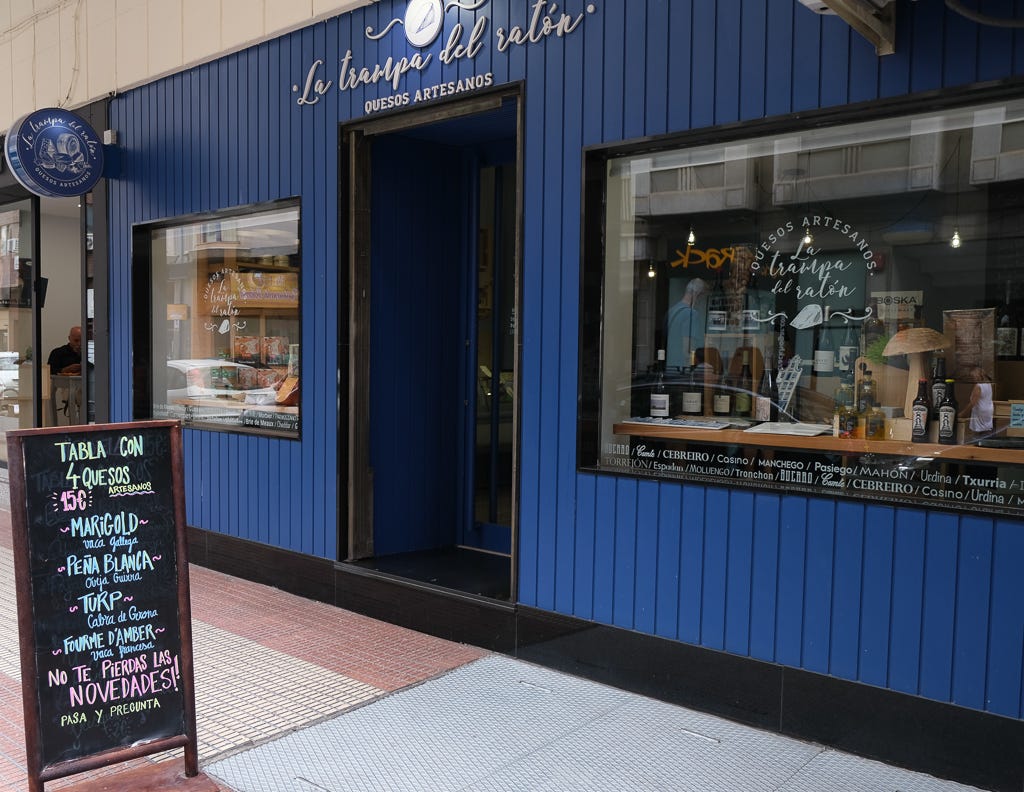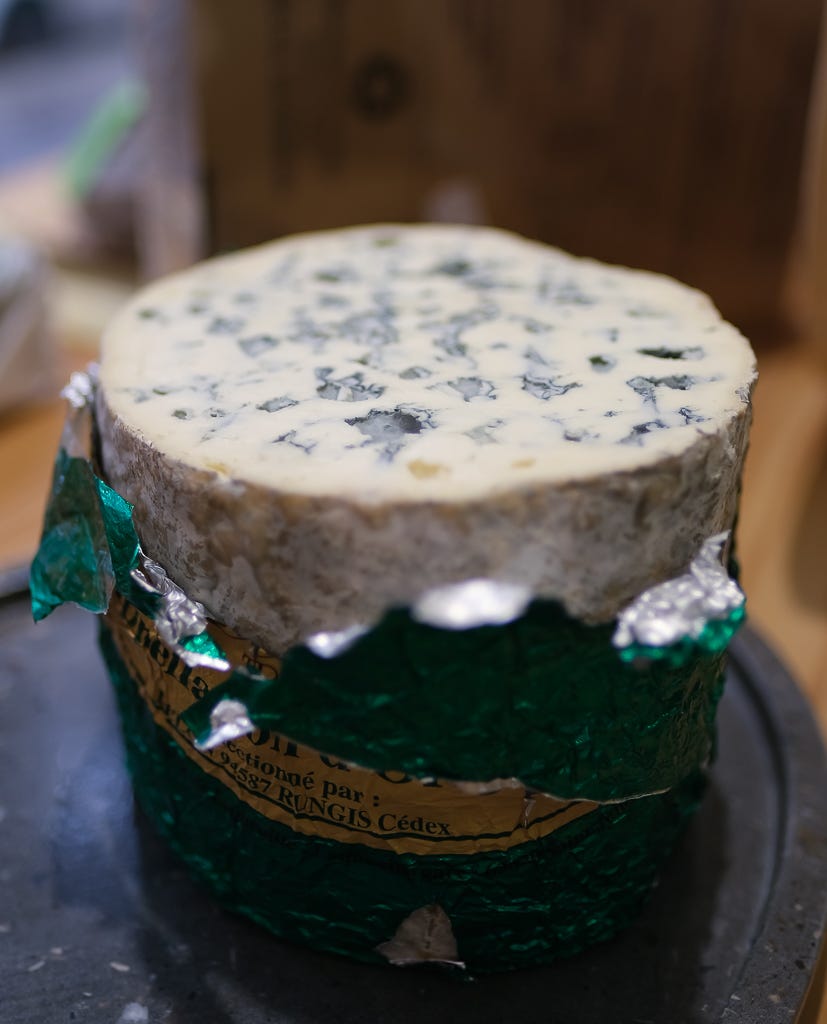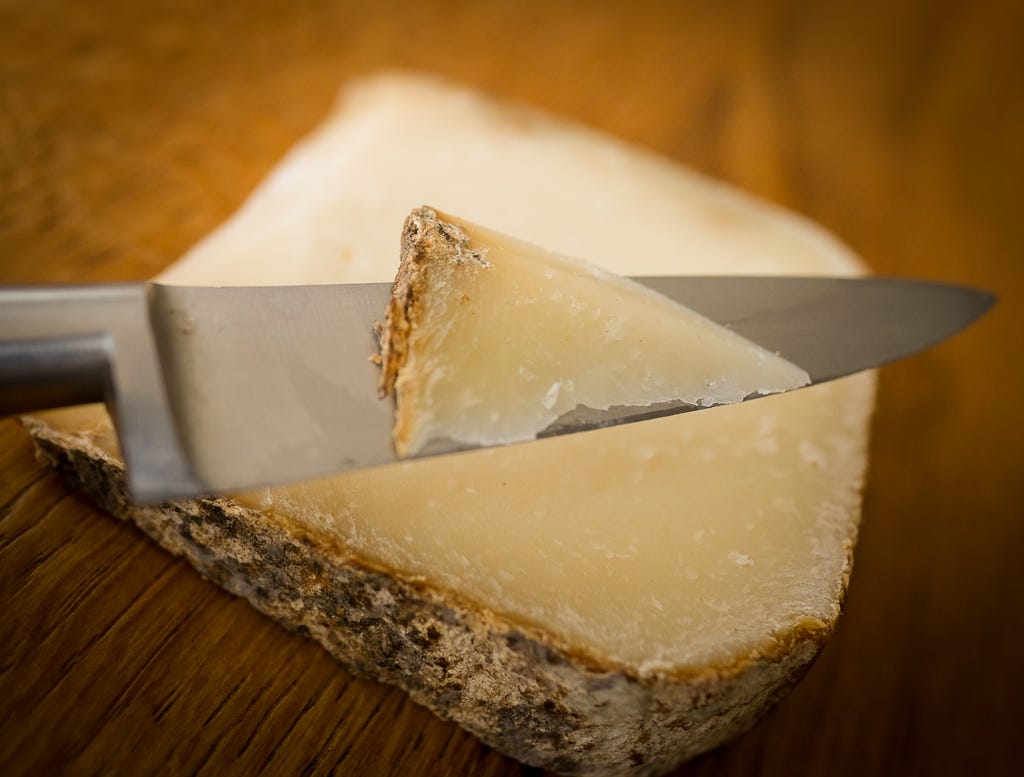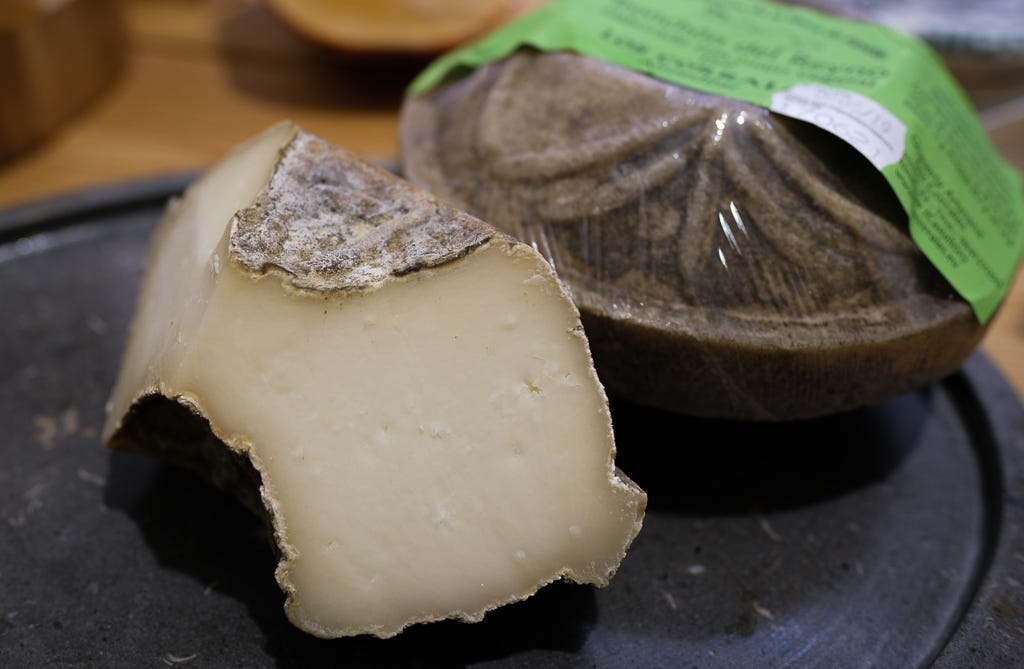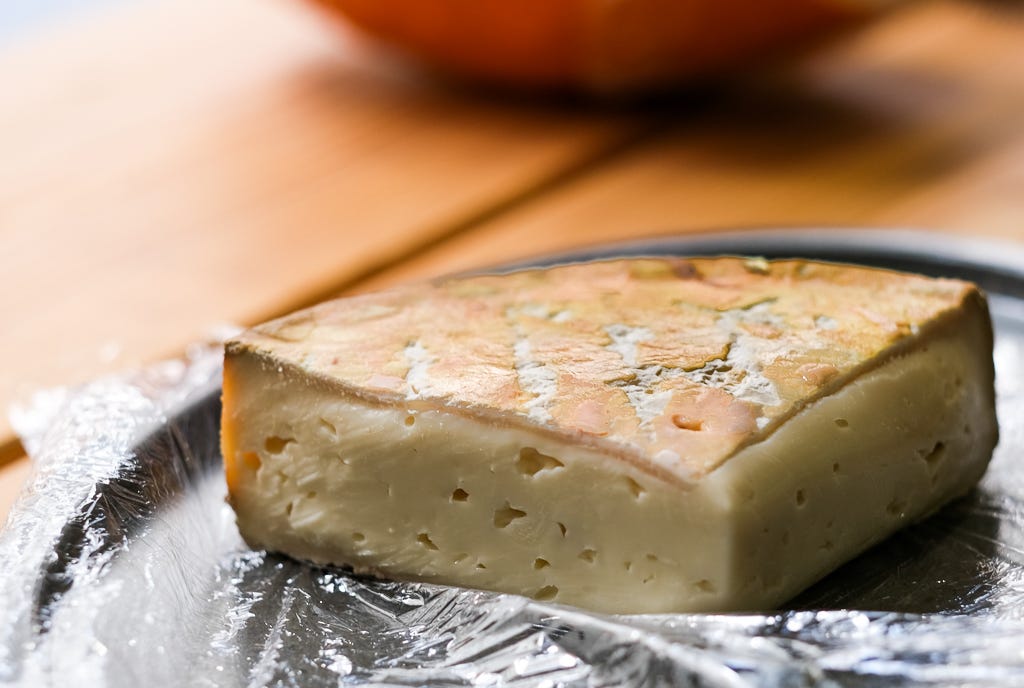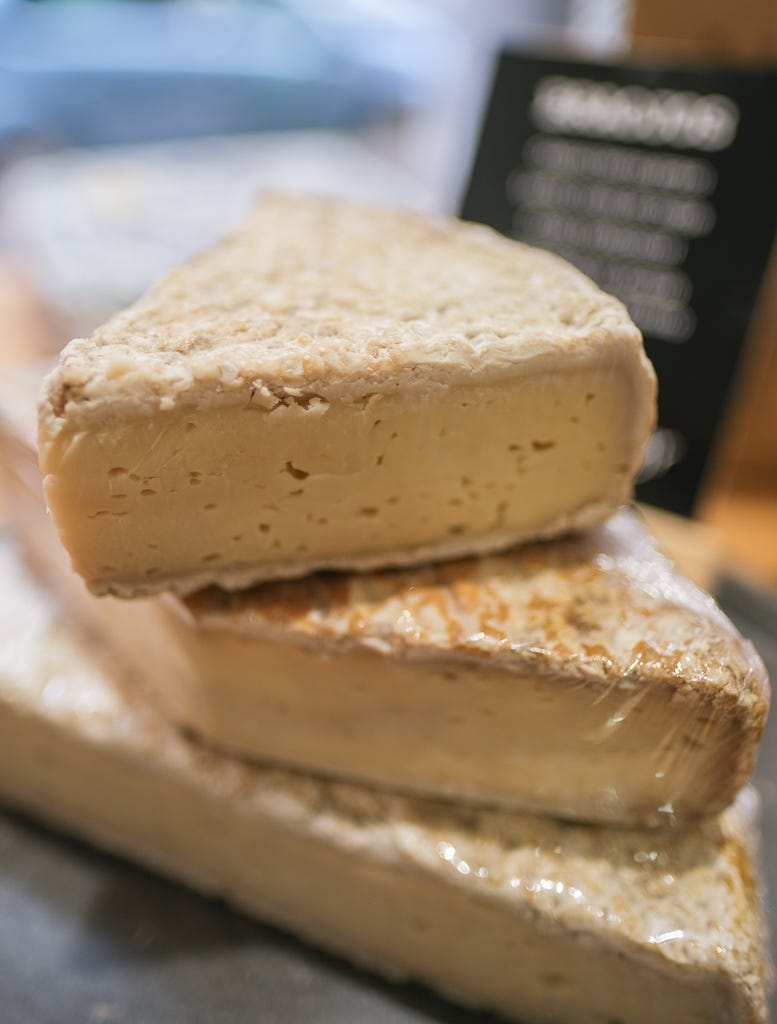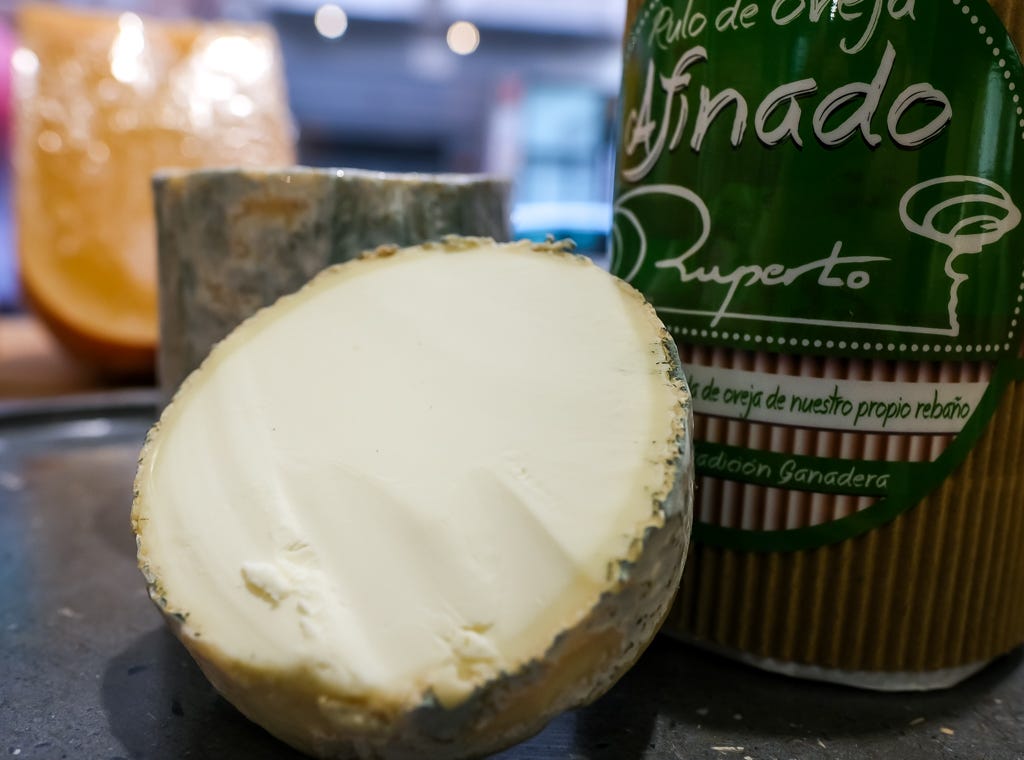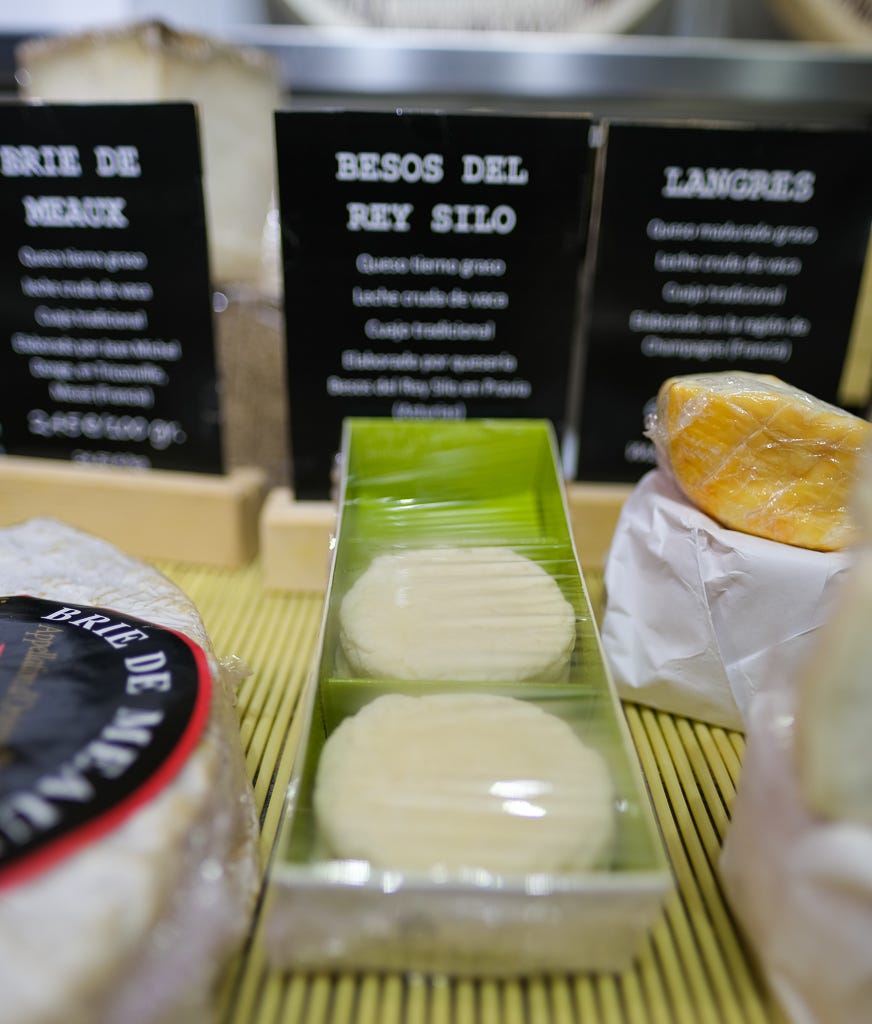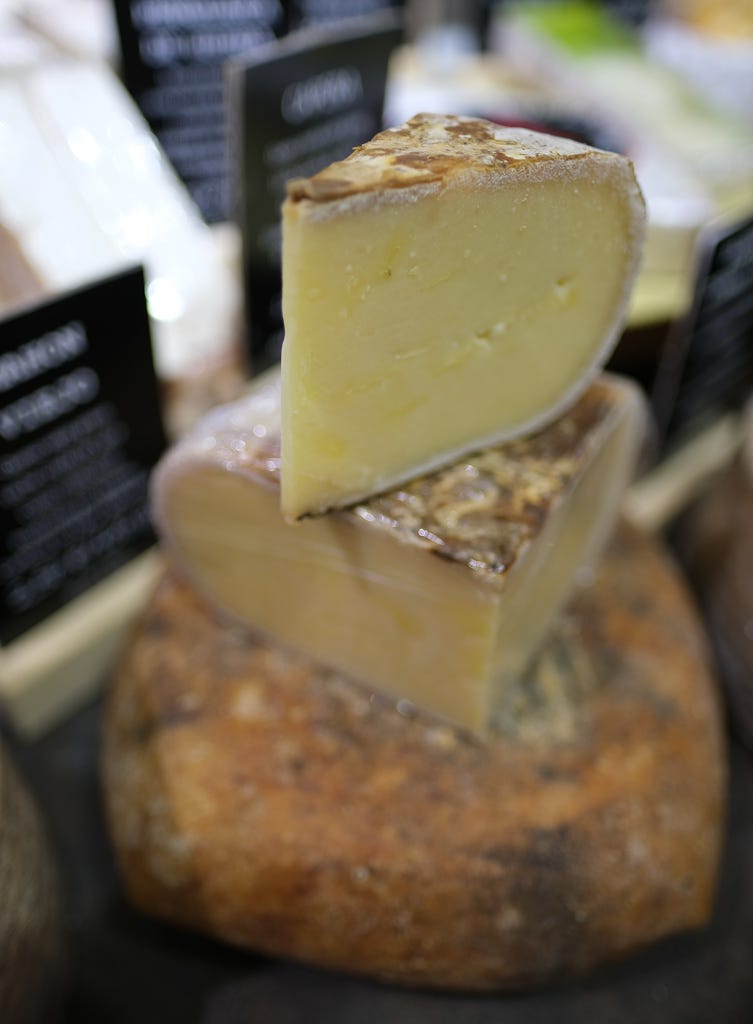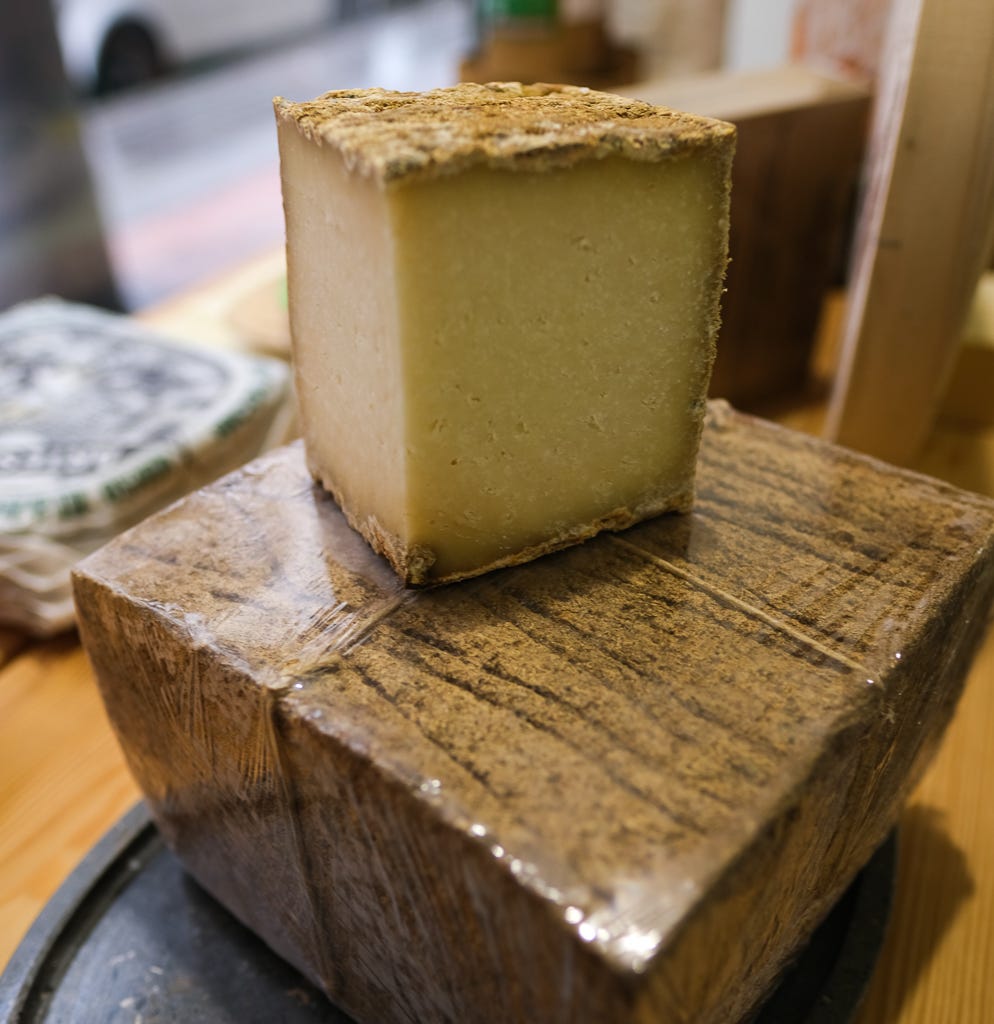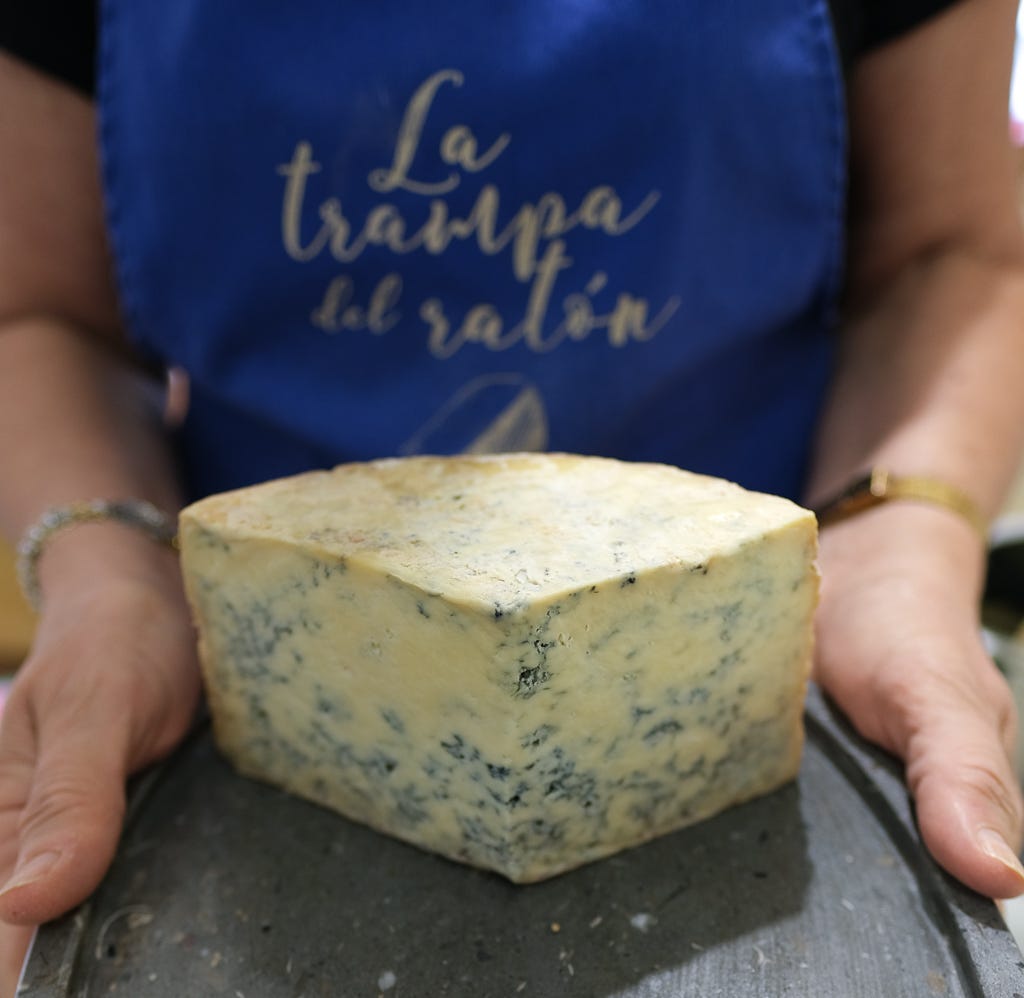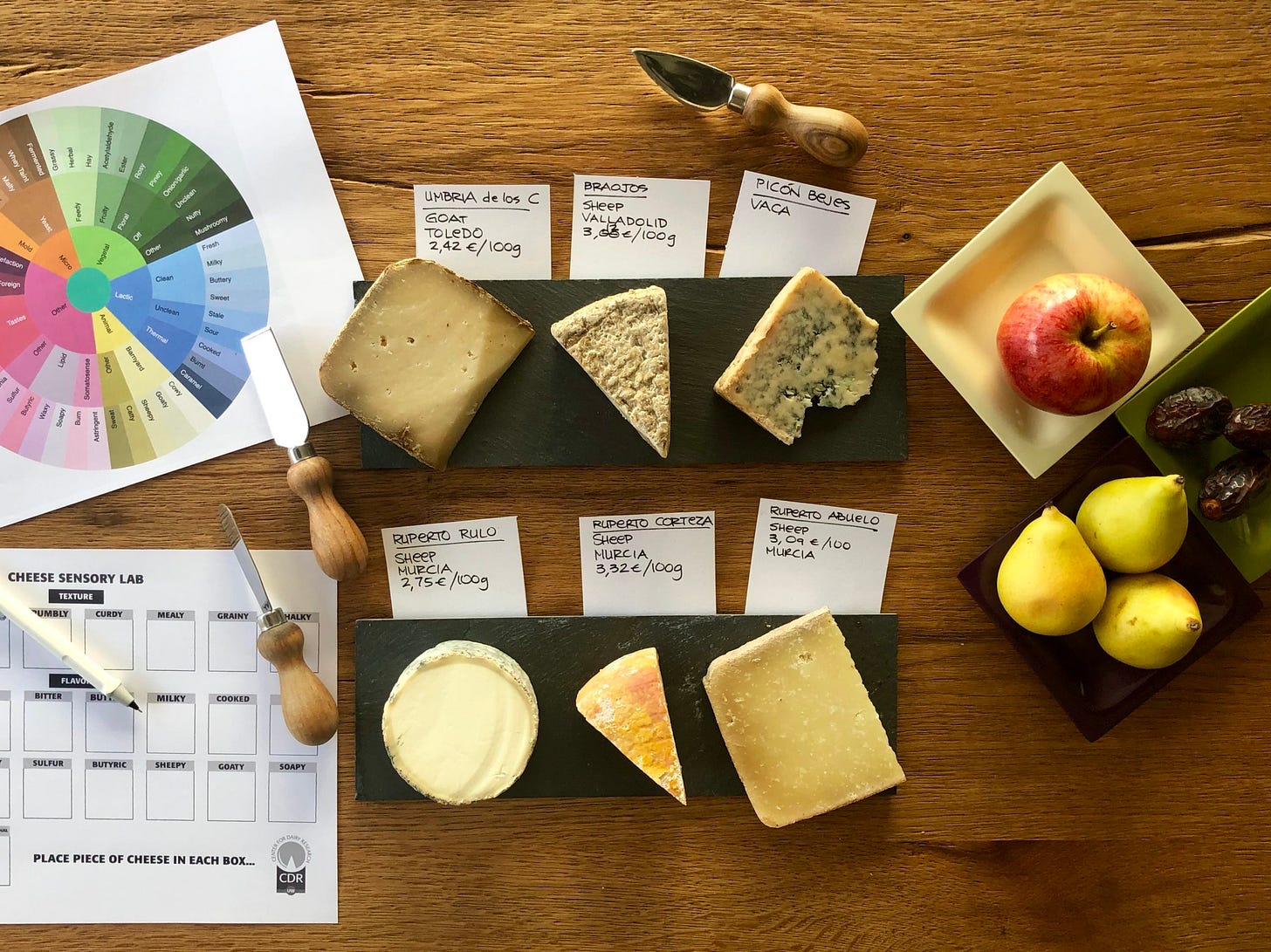la Trampa del Ratón
Turning a corner and stumbling into a new neighborhood food find makes my day. It’s not hard to do in Alicante where new restaurants and shops pop up seemingly every week. It is one of the charming aspects of experiencing Spanish culture.
On almost any day, you can find personal expressions of retail establishments on every city street, specializing in one thing or another, creating a crazy patchwork of constantly evolving neighborhood entrepreneurs. Most days, it's enough just to peer through windows.
But last week, it was pure luck that I stepped in a mousetrap during my forays. Instead of “yowch”, it was “ooh”. Because this particular trap was the delightful little artisanal cheese shop named “La Trampa del Ratón” (The Mousetrap) hidden in the center of town.
I like to ferret out cheese shops if for no other reason than to inhale the atmosphere and La Trampa del Ratón did not disappoint. It's all about the aroma. A tangy scent of fermentation that wraps its arms around you when you open the door into a small cool space lined with open-air cases of cheese.
Impeccably clean and tidy if almost a bit austere, La Trampa del Ratón’s selection of around 50 different cheeses was not vast but carefully curated. The cold cases were filled with exceptional examples of artisanal cheeses from across Spain with a few guest appearances from France and England to accommodate timid tourists who seek the safety of familiarity.
Like the visiting British couple that came in hunting for some Stilton and left with a superb example of their home favorite. Or me, who just couldn’t resist a chunk of a very un-Spanish french farmhouse blue, Fourme D’Ambert. But that was just a practical matter of dispensing with the obvious before exploring the unknown.
My first visit was greeted with a warm smile and an eager offer of a tiny bit of cheese. Each wheel or block had a story that owners Angel María Sanchez and his wife, María Luísa or shop staffers Pílar and Aracelí were only too happy to tell. Pílar offered slivers that were new to me or anything that she could tell had caught my eye. Naturally, I was there for a while.
A raw goat's milk hard cheese from Toledo called Umbria de Los Charcos was the first of many I was introduced to that day and during subsequent visits. It was rich with a slightly goaty nutty flavor, a subtle crystalline crunch to the texture, a hint of salt and a smidge of acidity. I made a mental note to swap Parmigiano-Reggiano for this new find next time I’m mashing together some pesto for fresh pasta.
Tasting cheese, like wine, is always best if you start with mild and gradually work up to stronger profiles. Generally, that means launching your adventure with goat, then sheep and finally cow's milk cheeses, depending on your preferences.
I sampled goat’s milk cheeses like Espadán and a beautiful wheel of olive-oil infused Tronchón, spectacularly molded in the traditional geometric style of Moroccan tile work.
Both were creations from the artisanal producer, Los Corrales of Almedijar in the Castellon region who use raw, not pasteurized, milk in cheesemaking like many of their European contemporaries.
While USDA law requires milk used in cheesemaking to be either pasteurized or raw-milk cheese to be aged for a minimum of 60 days, European producers have never been restricted by the same law. Many cheese producers and cheese lovers contend that pasteurization diminishes the depth of flavor with little risk to health. I find myself squarely in that camp too.
Next, it was time to move onto my personal favorite, sheep's milk cheeses. A bit more savory, maybe a little bit umami and often altogether creamy, I met my two new BFFs, Frida and Rulo Ruperto.
Frida, a raw sheep's milk cheese produced by the artisanal group Cantagrullas of Ataquines near Valladolid, has an intense flavor that's lively, fruity and milk creamy. A hint of acid lightens a rich cheese that might otherwise be a bit cloying.
The Cantagrullas team also produces a more rugged, crusty and creamy Braojos. It's sticky rind smelled distinctly of bandaids but I knew better than to let that put me off. It was at once buttery, super blue despite the lack of strong blue veins, and sour - all adding to an overall long umami finish. It was simply yummy enough to add it to the growing mound of wrapped cheeses that would be leaving the shop with me.
And then there's Rulo de Oreja Afinado Ruperto or Rulo Ruperto for short. My hands-down favorite of the day. Meltingly soft in the middle with just enough tang in the crust to balance the floral and fresh cream flavor in one single bite.
Quesos Ruperto is a cheese maker from the Murcia region bordering Alicante, about a 30-minute drive away so I felt a sense of neighborly responsibility to support their efforts. They produce a solid assortment of sheep's milk cheeses and I wasn't about to play favorites too early on so I picked up two others from their operation as well.
Corteza Lavada Ruperto and El Abuelo Ruperto (translates to Grandfather Ruperto) which I carried home to try with some fruit and wine pairings.
The shop even stocked a creamy, spreadable paste of sheep's milk cheese in two different maturations but palate fatigue was setting in, so I promised myself to save this for another day.
Oh wait, did I say "palate fatigue"? But what about cow's milk cheese?
Besos del Rey Silo. A tender little round of gently aged raw cow's milk from northern Spain's Asturias region. The name alone made this worth the small purchase. Who wouldn't love to be bestowed with kisses from King Silo?
Traveling beyond the Iberian peninsula boundaries, I tried a sliver of Mahon Viejo, a rugged cow's milk cheese, from the nearby Mediterranean island of Menorca.
Nearing the end of the visit, Aracelí pointed out that she had a cheese that was a blend of all three types of milk and showed me a colossal block of Castro Castillo from the León region, sporting a rind that resembled rough sawn bark from a rugged tree that disguised a taste smooth and balanced enough to pair perfectly with fresh grapes as she suggested. Or a short glass of sherry from Jerez de la Frontera as I countered.
Finally, it was time to finish with a potent blue. The last taste of the day was a crumbly meaty cow's milk blue cheese called Picon Bejes Treviso created in the Cantabrian caves of the Picos de Europa mountains of northern Spain. Once I got past the gym socks smell, the taste was a nice salty-sour blend with just the right amount of acid to smooth it out.
And while it is mostly all about cheese, no proper excursion would be complete without a bag of the requisite stubby Spanish cracker indispensable with tapas and cheese tastings.
To simplify the shopping process, La Trampa del Ratón had shelves stocked with a solid assortment of other accouterments to round out any cheese foraging including wines, beers, breads, jams and serving supplies.
So after adding a few essentials to the bag, I headed home to conduct a little cheese, fruit and wine pairing with my mounting collection of Spanish gems and George. I'll just have to go back very soon to try the other 40 or so to complete my education.
In the meantime, this kind of homework is not all that tough. Especially when armed with my handy cheese tasting wheel and pairing sheet, some very much in season Spanish Ercolina pears, local dates from nearby Murcia and a palate-cleansing apple.
My real new BFF's, Pílar and Aracelí of La Trampa del Ratón.







